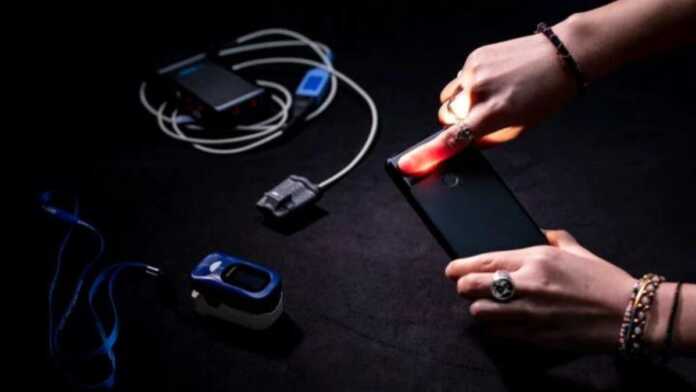In a clinic, doctors monitor oxygen saturation with pulse oximeters, those clip-on instruments that fit over the tip of a finger or ear.
A domestic alternative, proposed by researchers from the American universities of Washington and California in San Diego, showed that the camera and flash of a mobile phone can be used to detect oxygen saturation levels in the blood of up to 70%. This is the lowest value that pulse oximeters should be able to measure, according to North American health regulations.
A mobile-based home oximeter
The proposed technique involves participants placing their finger on a smartphone’s camera and flash, which uses a deep learning algorithm to decipher blood oxygen levels. Once the team delivered a controlled mixture of nitrogen and oxygen to six subjects, in order to artificially lower their blood oxygen levels, the smartphone correctly predicted whether the subject had blood oxygen levels below 80 percent. of the times
“Other smartphone apps that do this were developed by asking people to hold their breath. But people get very uncomfortable and have to breathe after about a minute, and that’s before their blood oxygen levels have dropped enough to represent the full range of clinically relevant data.”commented the co-lead author of this project, Jason Hoffman. “With our test, we can collect 15 minutes of data from each subject. Our data shows that smartphones could perform well in the critical threshold range.”he added.
There are clinical pictures that demand constant monitoring of this health indicator. Against this, the main benefit provided by this proposal is its high accessibility and affordability, considering that a large part of the world’s population has access to a mobile phone, which reduces the need to purchase extra equipment. “In this way, you could have multiple measurements with your own device at no or low cost”said the co-author of this study, Dr. Matthew Thompson. “In an ideal world, this information could be seamlessly transmitted to a doctor’s office. This would be really beneficial for telemedicine appointments or for triage nurses to quickly determine if patients need to go to the emergency department or if they can continue to rest at home and schedule an appointment with their primary care provider later.”.
The camera is responsible for recording how much the blood absorbs the light from the flash in each of the three color channels it measures: red, green and blue. These intensity measurements are processed by the deep learning model that drives this system, which after carrying out tests in the first instance with six participants, three women and three men between 20 and 34 years old, yielded good results, compared with oximeters of pulse used simultaneously for comparison.
The report on this project was published by the team in Nature’s Npj Digital Medicine journal.










